What is the wedding ring finger?
The wedding ring finger is a significant symbol in many cultures around the world. It carries deep cultural and historical origins, and holds great symbolism and meaning. Understanding the anatomy of the wedding ring finger can shed light on why the fourth finger is chosen for wearing wedding rings. Additionally, there are various etiquette rules and cultural variations when it comes to wearing a wedding ring. In this article, we will explore the significance of the wedding ring finger, its anatomy, etiquette, and cultural variations.
Key Takeaways
- The wedding ring finger has cultural and historical origins that vary across different cultures.
- The fourth finger is chosen for wearing wedding rings due to its symbolism and the belief in the vein of love.
- Understanding the physical characteristics of the fourth finger can help explain its selection for wedding rings.
- There are etiquette rules regarding which hand the wedding ring should be worn on and the placement of engagement and wedding rings.
- Different cultures have variations in wedding ring finger placement, including non-traditional choices.
The Significance of the Wedding Ring Finger
Cultural and Historical Origins
The cultural and historical origins of the wedding ring finger can be traced back to ancient Egypt. Egyptians believed that the fourth finger of the left hand had a vein that directly connected to the heart, which they called the "vein of love" or the "vena amoris". This belief led to the tradition of wearing the wedding ring on the fourth finger as a symbol of eternal love and commitment.
In addition to Egypt, many other ancient civilizations, including the Greeks and Romans, also adopted this tradition. The practice eventually spread to other cultures around the world, where the wedding ring finger became universally recognized as the symbol of marital commitment.
To this day, the tradition of wearing the wedding ring on the fourth finger continues to be deeply rooted in many cultures and is a significant part of wedding ceremonies worldwide.
Symbolism and Meaning
The wedding ring is a powerful symbol of love and commitment. It represents the eternal bond between two individuals and their promise to be faithful to each other. Love is the central theme behind the symbolism of the wedding ring. It signifies the deep affection and connection shared between partners.
In addition to love, the wedding ring also symbolizes unity. It serves as a constant reminder of the unity and partnership between the couple. The circular shape of the ring represents eternity, with no beginning or end, symbolizing the everlasting nature of the relationship.
Furthermore, the wedding ring is often seen as a status symbol. It signifies that the wearer is married and committed to their spouse. It is a public declaration of their marital status and serves as a visible sign of their commitment to their partner.
Overall, the symbolism and meaning behind the wedding ring make it a cherished and significant piece of jewelry in many cultures around the world.
Different Traditions Around the World
In different cultures around the world, the wedding ring finger and its associated traditions vary significantly. Here are some interesting examples:
-
India: In Indian culture, the wedding ring is traditionally worn on the right hand. It is believed that the left hand is associated with impurity, while the right hand is considered more auspicious.
-
Russia: In Russia, it is common for couples to wear their wedding rings on the fourth finger of the right hand. This tradition is believed to have originated from the Orthodox Christian faith.
-
China: In Chinese culture, the wedding ring is often worn on the third finger of the left hand. This finger is believed to be connected to the heart through a vein, symbolizing love and commitment.
-
Brazil: In Brazil, it is common for couples to wear their wedding rings on the right hand. This tradition is believed to have originated from the Catholic Church, which considers the right hand to be more sacred.
These are just a few examples of the diverse traditions surrounding the wedding ring finger in different parts of the world.
The Anatomy of the Wedding Ring Finger
Why is the Fourth Finger Chosen?
The choice of the fourth finger as the wedding ring finger has cultural and historical significance. In many cultures, it is believed that the fourth finger has a direct connection to the heart through a vein known as the Vein of Love. This vein was thought to run directly from the fourth finger to the heart, symbolizing the bond of love and commitment. This belief has been passed down through generations and has become a tradition in many parts of the world.
In addition to the Vein of Love, the physical characteristics of the fourth finger also play a role in its selection as the wedding ring finger. The fourth finger is generally the least used finger, making it less prone to damage or interference from daily activities. Its position between the middle finger and the pinky finger also makes it a central and prominent location for displaying the wedding ring.
Overall, the choice of the fourth finger as the wedding ring finger is a combination of cultural beliefs, symbolism, and practical considerations.
Understanding the Vein of Love
The Vein of Love, also known as the vena amoris, is a popular belief that a vein runs directly from the fourth finger of the left hand to the heart. While this romantic notion has been widely embraced, it is important to note that it is not based on anatomical fact. The concept of the Vein of Love originated in ancient Egypt and has been passed down through generations as a symbol of love and commitment.
Although the Vein of Love is not a real anatomical structure, it continues to hold sentimental value for many couples. It serves as a reminder of the deep emotional connection between partners and the significance of wearing a wedding ring on the fourth finger. While the Vein of Love may not be grounded in scientific truth, its symbolism remains powerful and enduring.
Important Note: While the Vein of Love is a romantic notion, it is essential to consult with a professional jeweler for accurate sizing and fitting of your wedding ring.
Physical Characteristics of the Fourth Finger
The fourth finger, also known as the ring finger, has several physical characteristics that make it the preferred choice for wearing wedding rings:
- The fourth finger is the least used finger in everyday activities, reducing the chances of damage or loss of the ring.
- It is believed that the fourth finger has a vein, known as the 'Vein of Love' or 'Vena Amoris,' that connects directly to the heart. This romantic notion adds to the symbolism of wearing a wedding ring on this finger.
- The fourth finger is typically the same size or slightly smaller than the adjacent fingers, making it easier to find a comfortable and well-fitting ring.
These physical characteristics, along with the cultural and historical significance of the fourth finger, have solidified its role as the traditional wedding ring finger.
Wedding Ring Finger Etiquette
Which Hand Should the Wedding Ring Be Worn On?
The tradition of wearing a wedding ring on a specific hand varies across cultures. In many Western countries, including the United States and Canada, the wedding ring is typically worn on the left hand. This tradition dates back to ancient Roman times when it was believed that the vein in the fourth finger of the left hand, known as the "Vein of Love" or "Vena Amoris", directly connected to the heart. Wearing the wedding ring on this finger symbolized the eternal bond of love between the couple.
In contrast, some Eastern European and South American countries follow the tradition of wearing the wedding ring on the right hand. For example, in Russia, Ukraine, and Greece, it is customary to wear the wedding ring on the right hand. This tradition is rooted in cultural and religious beliefs specific to these regions.
It's important to note that while there are traditional customs regarding which hand to wear the wedding ring on, ultimately, the choice is a personal one. Couples can choose to follow the traditional norms or decide based on their own preferences and cultural backgrounds.
Engagement Ring and Wedding Ring Placement
When it comes to the placement of engagement rings and wedding rings, there are a few common practices to consider:
-
Wearing the engagement ring and wedding ring on the same finger: Many couples choose to wear both rings on the fourth finger of the left hand, with the engagement ring placed closer to the heart. This tradition symbolizes the journey from engagement to marriage.
-
Switching the engagement ring to the right hand: In some cultures, it is customary to switch the engagement ring to the right hand after the wedding ceremony. This allows the wedding ring to take the prominent position on the left hand's fourth finger.
-
Stacking the rings: Another popular option is to stack the engagement ring and wedding ring together on the same finger. This creates a stylish and unified look, with the wedding ring often placed closer to the palm.
Remember, the placement of your engagement ring and wedding ring is a personal choice that can be influenced by cultural traditions and individual preferences.
Alternatives to Wearing a Wedding Ring
While wearing a wedding ring is a common tradition, there are alternative options for those who prefer something different. Here are a few alternatives to consider:
-
Tattooed Rings: Some couples choose to get matching tattoos on their ring fingers instead of wearing physical rings. This can be a unique and permanent way to symbolize their commitment.
-
Silicone Rings: For individuals with active lifestyles or jobs that may pose a risk to wearing metal rings, silicone rings are a popular choice. These rings are flexible, comfortable, and can be easily replaced if lost or damaged.
-
Family Heirlooms: Another alternative is to use a family heirloom as a wedding ring. This can add sentimental value and connect the couple to their family history.
-
Personalized Jewelry: Couples can opt for personalized jewelry pieces, such as necklaces or bracelets, that symbolize their commitment. These pieces can be customized with initials, dates, or meaningful symbols.
Remember, the most important aspect of a wedding ring is the love and commitment it represents. Whether you choose a traditional ring or an alternative option, what matters most is the significance it holds for you and your partner.
Cultural Variations in Wedding Ring Finger
Left Hand vs Right Hand
The choice of which hand to wear the wedding ring on varies across different cultures. In many Western countries, including the United States and the United Kingdom, it is customary to wear the wedding ring on the left hand. This tradition dates back to ancient Roman times when it was believed that the vein in the fourth finger of the left hand, known as the 'vein of love,' directly connected to the heart. However, in some Eastern European and South American countries, the wedding ring is traditionally worn on the right hand. This cultural variation adds an interesting element to the symbolism of the wedding ring.
Different Finger Choices in Different Cultures
In different cultures around the world, the choice of finger for wearing a wedding ring can vary. While the fourth finger of the left hand is the most common choice in many Western countries, other cultures have different preferences. Here are some examples:
- In some Eastern European countries like Russia, Ukraine, and Poland, the wedding ring is traditionally worn on the right hand.
- In India, it is common for both men and women to wear the wedding ring on the right hand.
- In some cultures, such as the Jewish tradition, the wedding ring is worn on the index finger.
These variations in finger choices highlight the diversity and cultural significance attached to the act of wearing a wedding ring.
Non-Traditional Wedding Ring Finger Placement
In some cultures, the placement of the wedding ring on the fourth finger of the left hand is not the norm. Alternative finger choices can vary depending on cultural traditions and personal preferences. For example, in some Eastern European countries, it is common to wear the wedding ring on the right hand instead of the left. In other cultures, such as India, the wedding ring may be worn on the thumb or even on the toe. These non-traditional placements reflect the diversity and uniqueness of wedding ring customs around the world.
- In Eastern European countries, the wedding ring is often worn on the right hand.
- In India, the wedding ring may be worn on the thumb or toe.
Keep in mind that these non-traditional placements may not be widely recognized or understood in all cultures, so it's important to consider cultural norms and expectations when deciding on the placement of your wedding ring.
Conclusion
In conclusion, the wedding ring finger is a significant symbol of love and commitment in many cultures. It is traditionally worn on the fourth finger of the left hand, known as the ring finger. This finger is believed to have a direct connection to the heart, making it the perfect location for a symbol of eternal love. Whether it's a simple band or an elaborate diamond ring, the wedding ring finger holds great sentimental value for couples around the world. So, next time you see someone wearing a ring on their left hand, remember the special meaning behind it.
Frequently Asked Questions
What is the significance of wearing a wedding ring?
Wearing a wedding ring symbolizes the commitment and bond between spouses. It is a visible reminder of the vows made during the wedding ceremony.
Why is the fourth finger chosen as the wedding ring finger?
The fourth finger, also known as the ring finger, is believed to have a vein that is directly connected to the heart, known as the 'vein of love'. This romantic belief has led to the tradition of wearing the wedding ring on the fourth finger.
Can I wear my wedding ring on a different finger?
While the tradition is to wear the wedding ring on the fourth finger of the left hand, some cultures and individuals choose to wear it on a different finger or even on the right hand. Ultimately, it is a personal choice.
Should I wear my engagement ring and wedding ring on the same finger?
Traditionally, the engagement ring is worn on the fourth finger of the left hand and the wedding ring is placed on top of it during the wedding ceremony. However, some people choose to wear the rings on separate fingers or even on different hands.
What are some alternatives to wearing a traditional wedding ring?
Some alternatives to wearing a traditional wedding ring include wearing a tattooed ring, using a family heirloom as a wedding ring, or choosing a non-traditional piece of jewelry that holds personal significance.
Are there any cultural variations in the choice of wedding ring finger?
Yes, different cultures have different traditions when it comes to the choice of wedding ring finger. For example, in some cultures, the wedding ring is worn on the right hand instead of the left hand.
Best Sellers


















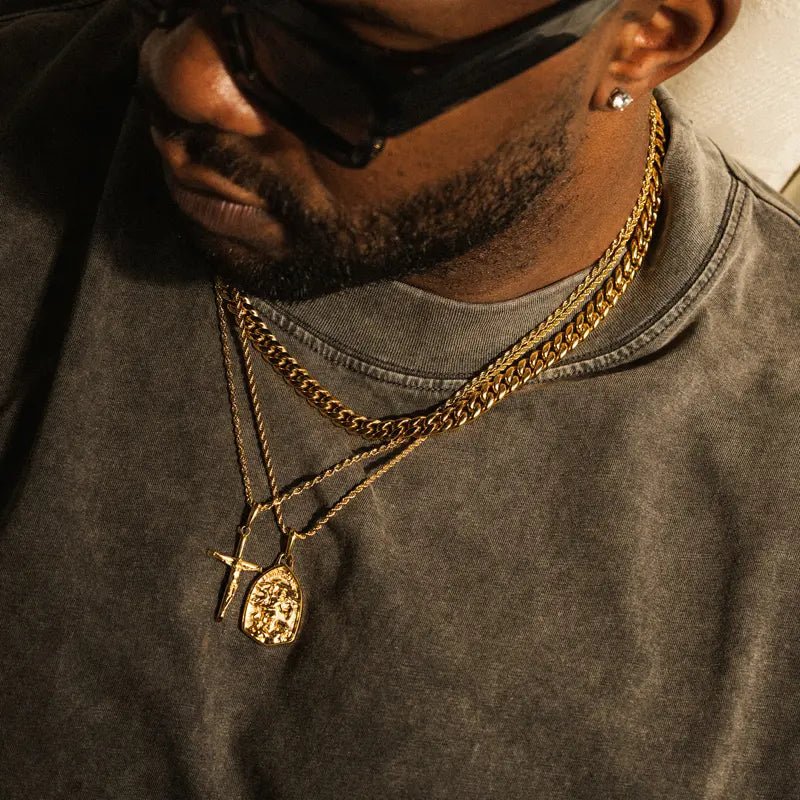







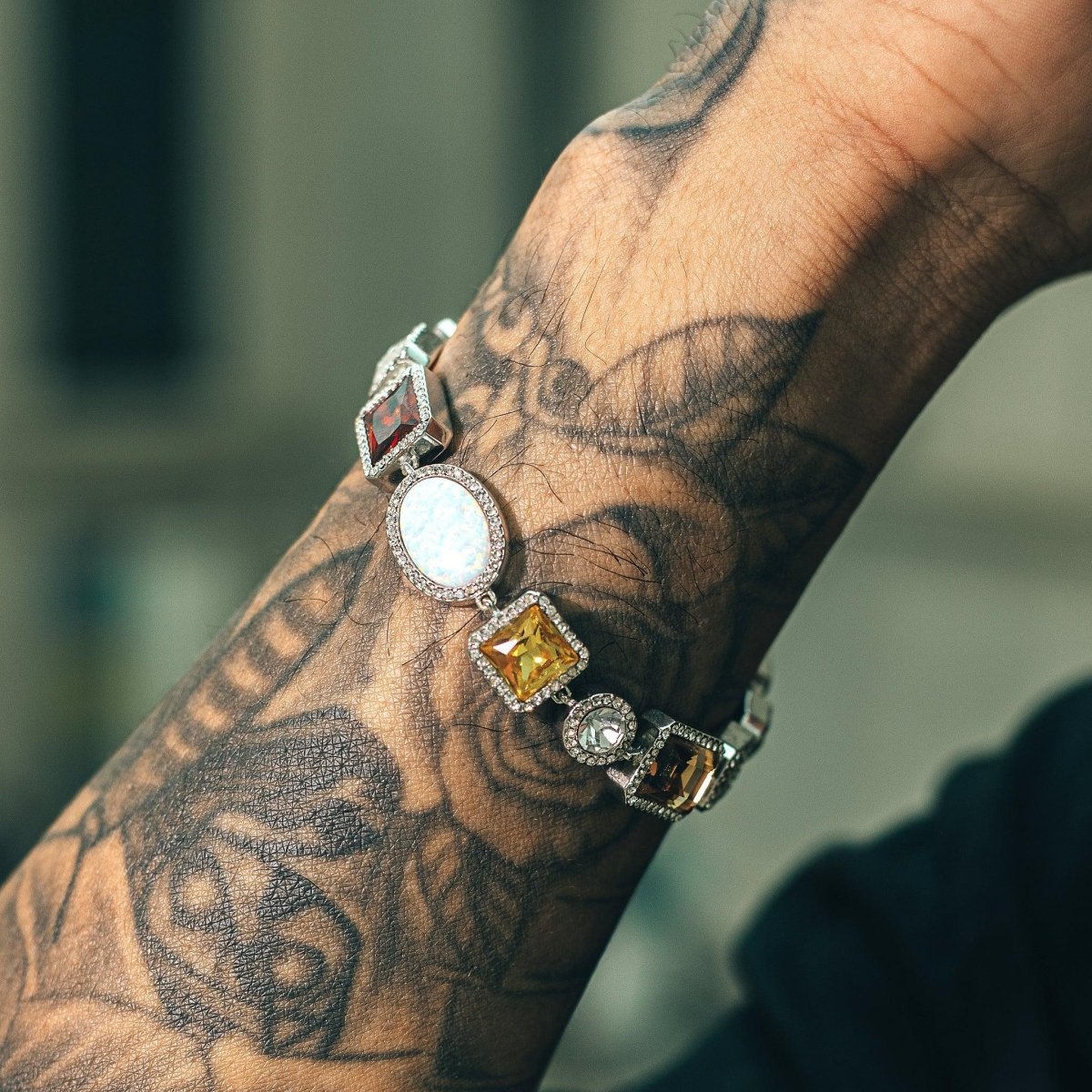
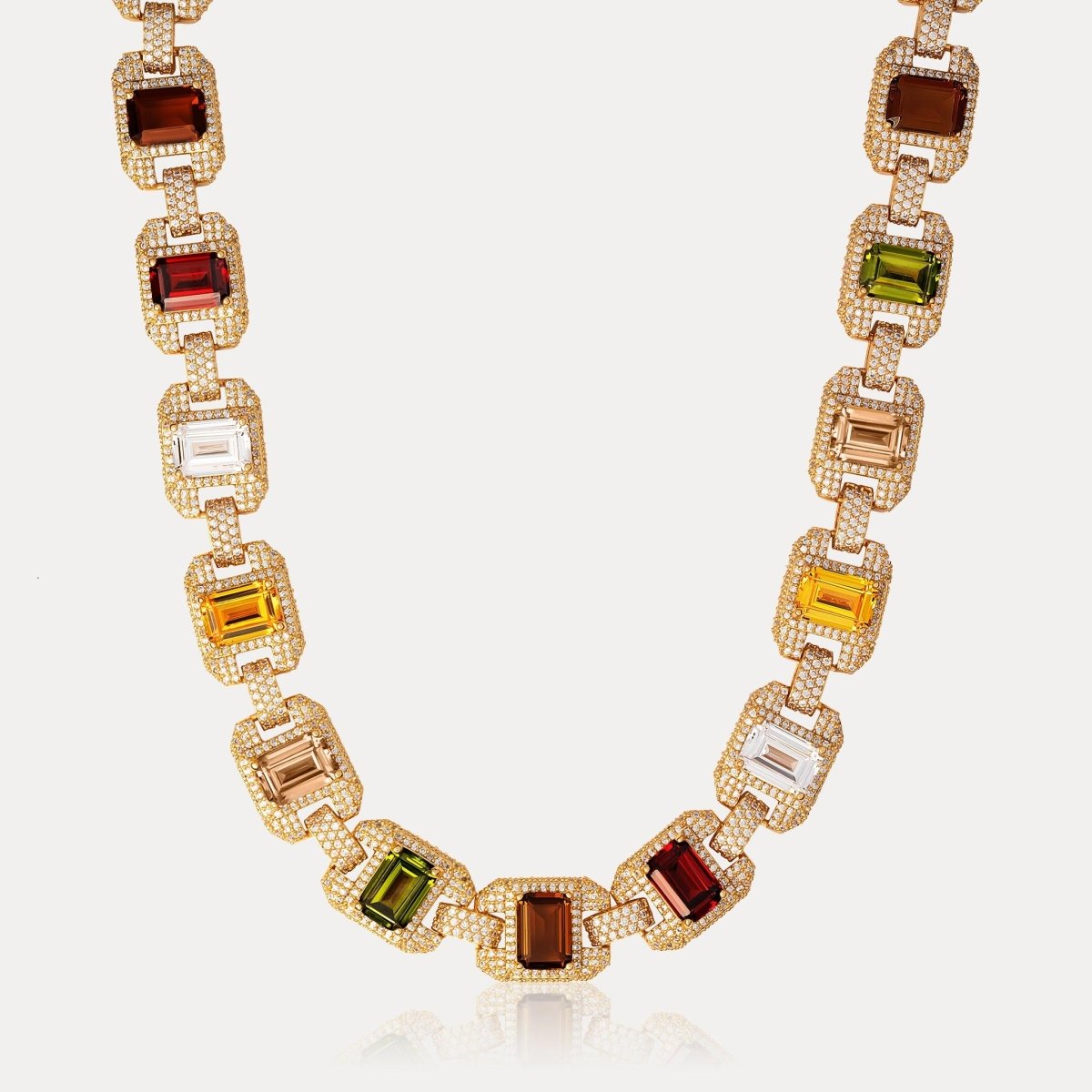



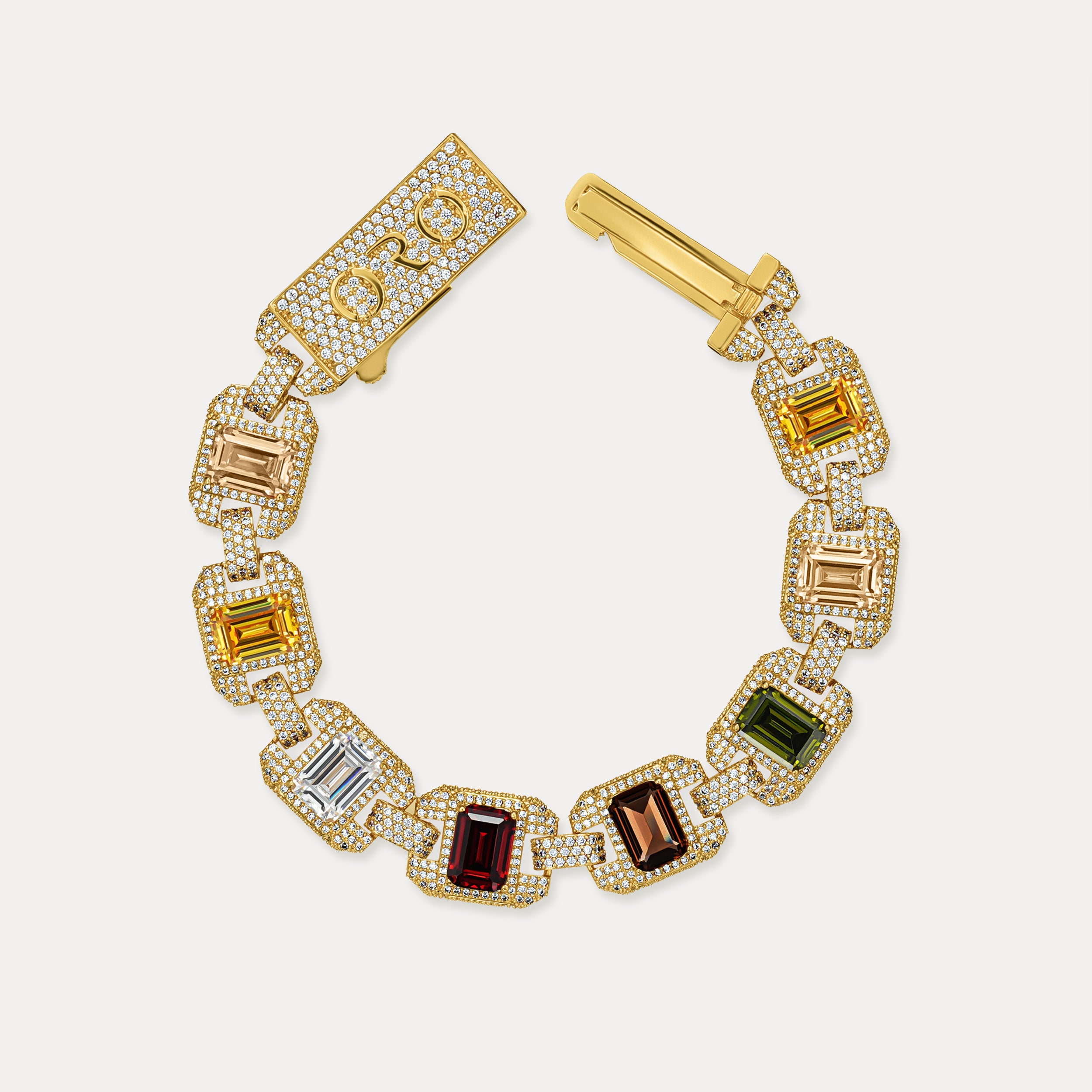
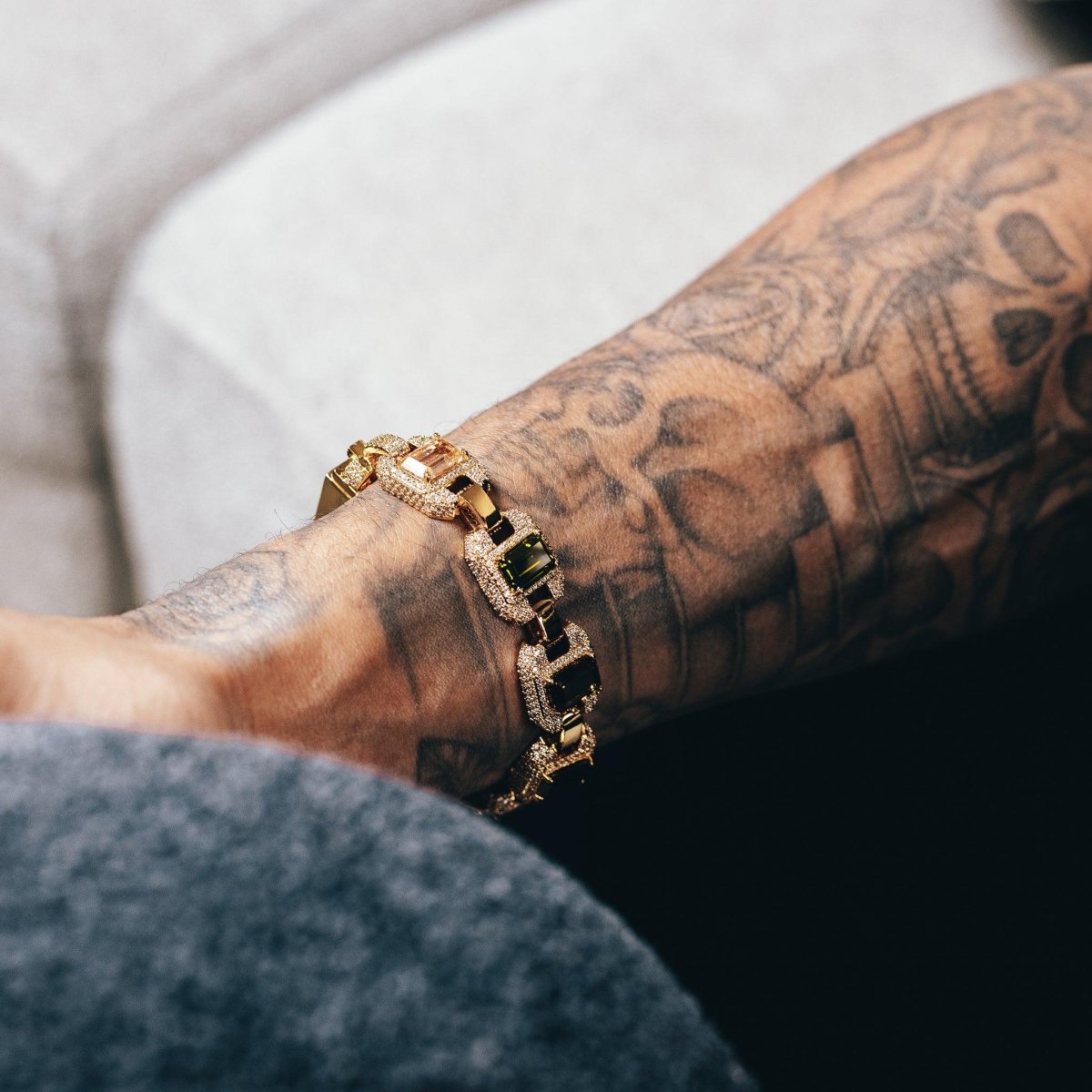











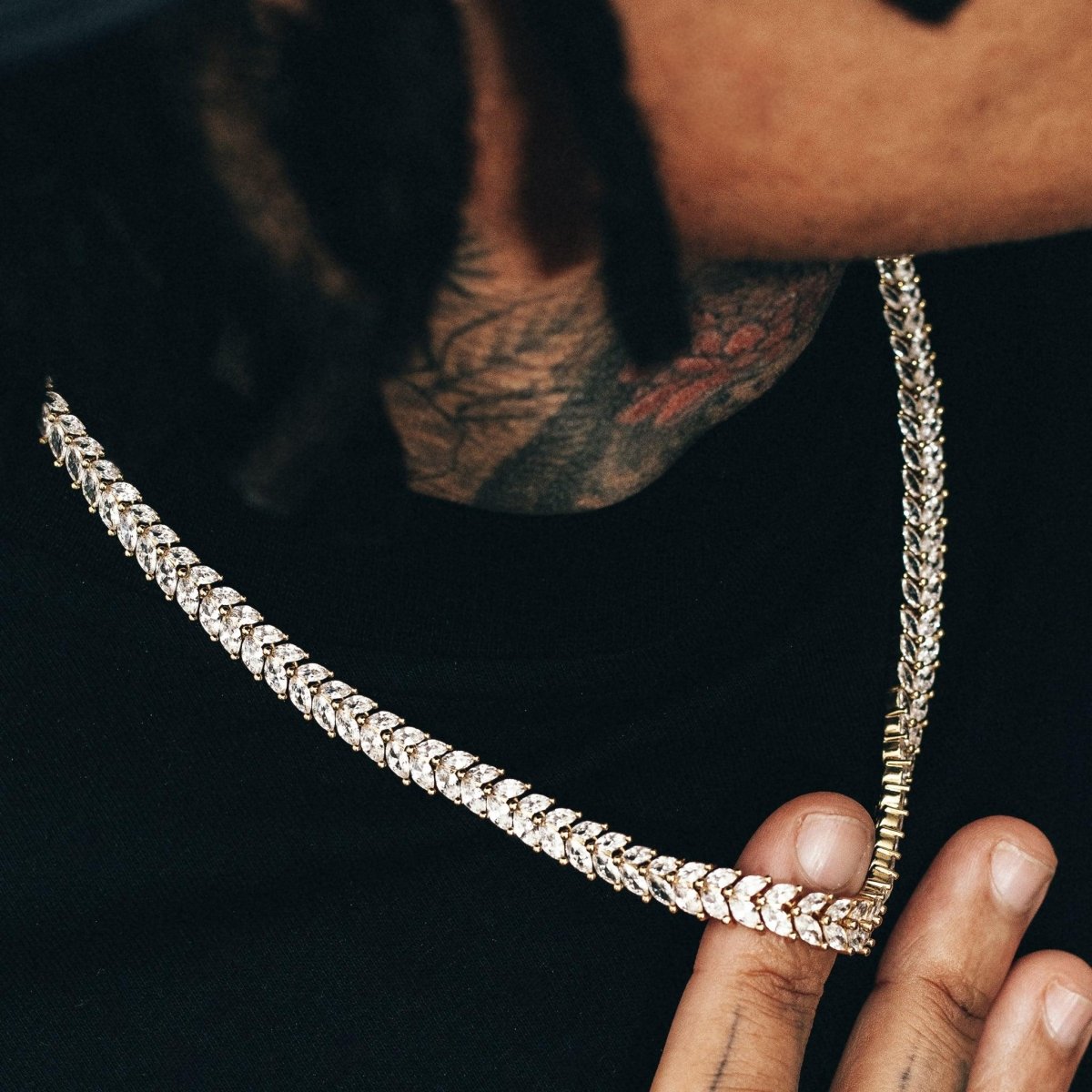






Leave a comment
This site is protected by hCaptcha and the hCaptcha Privacy Policy and Terms of Service apply.